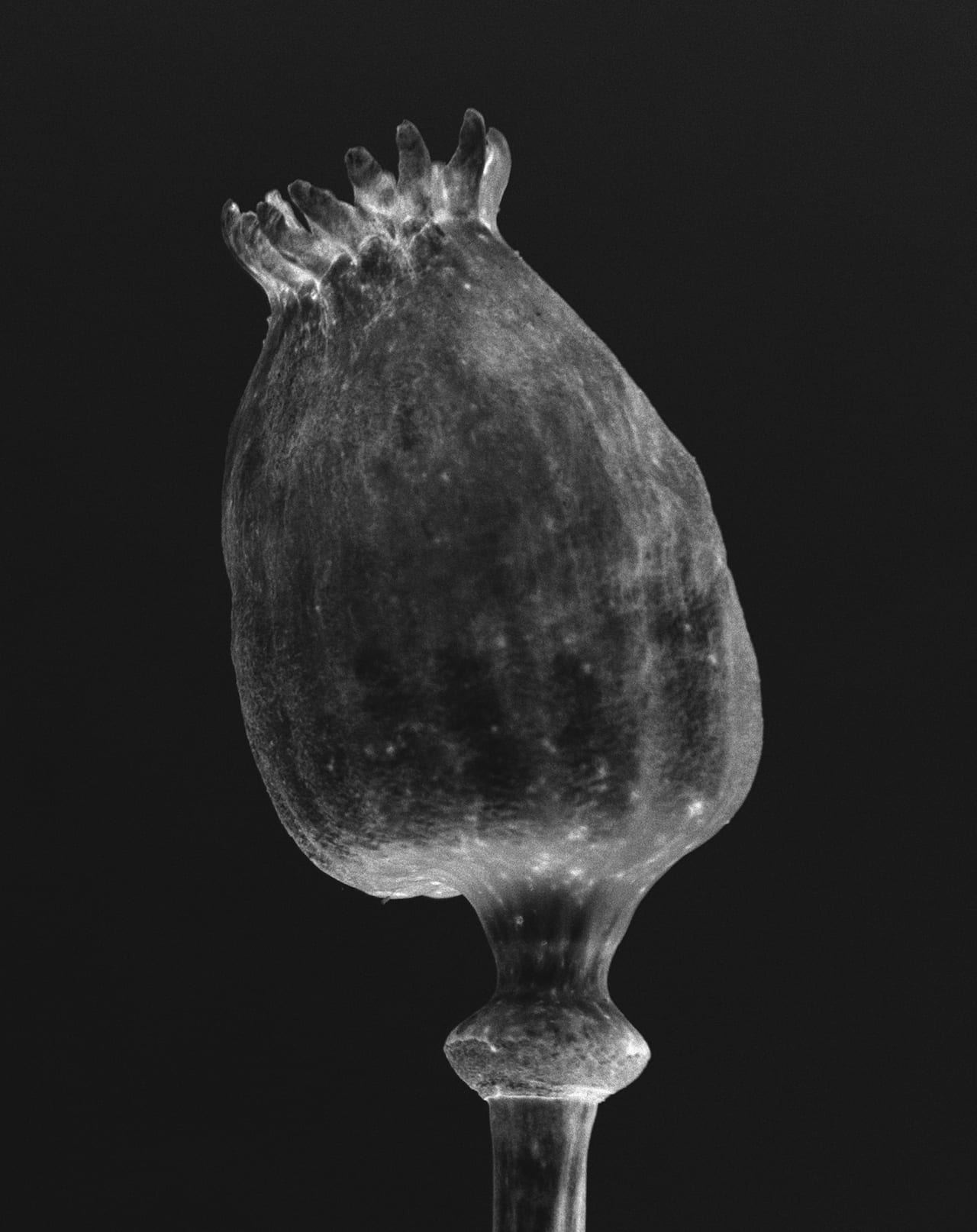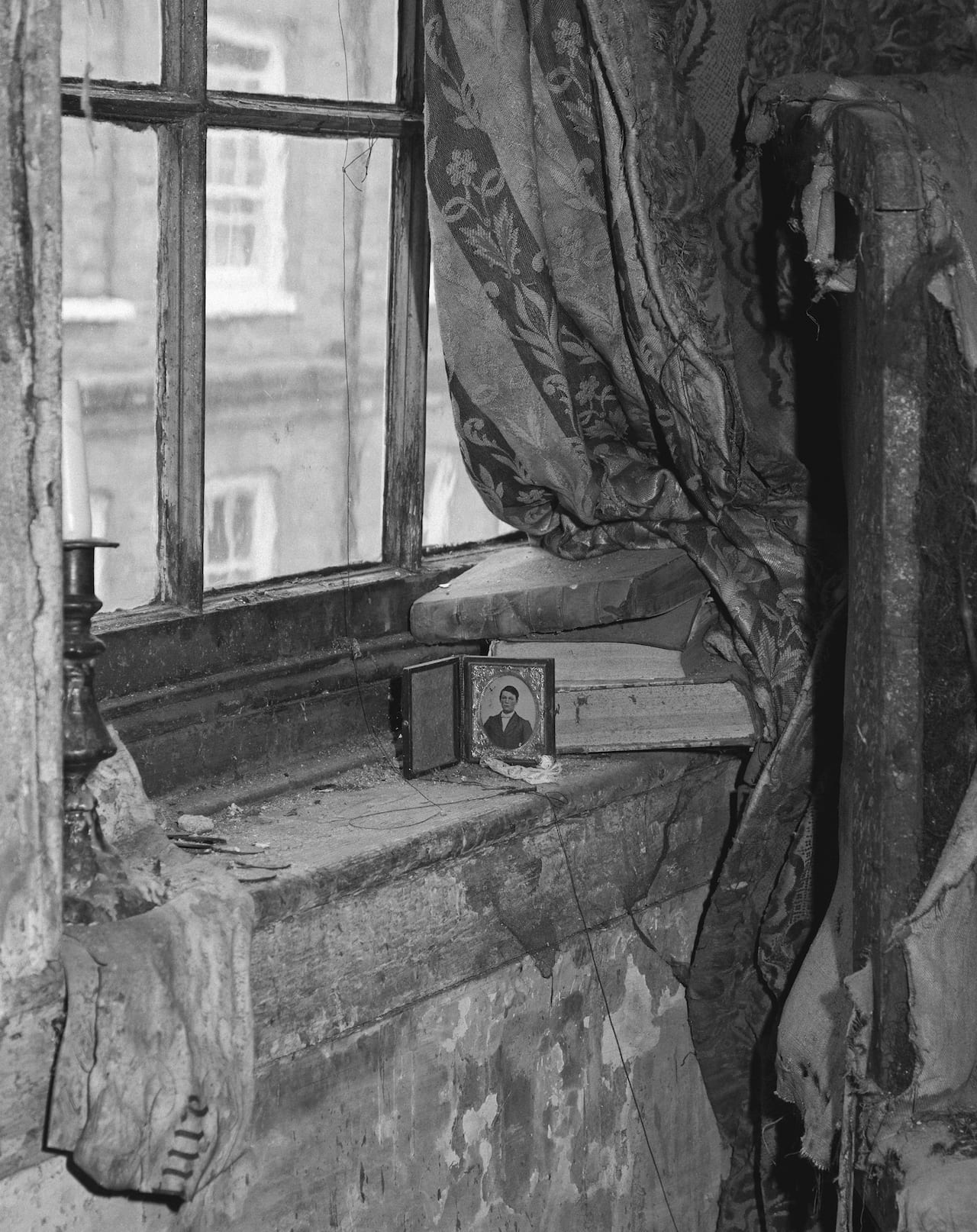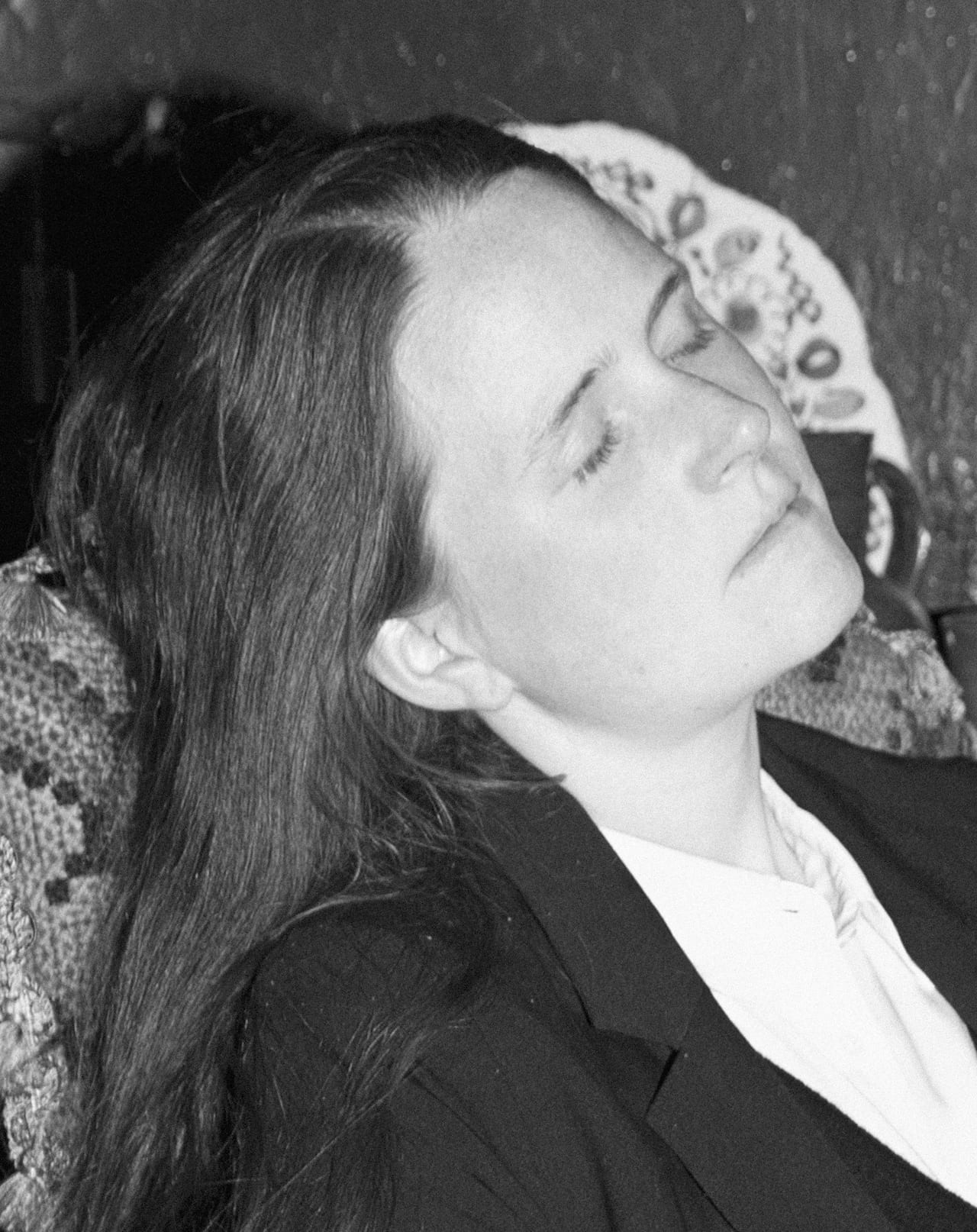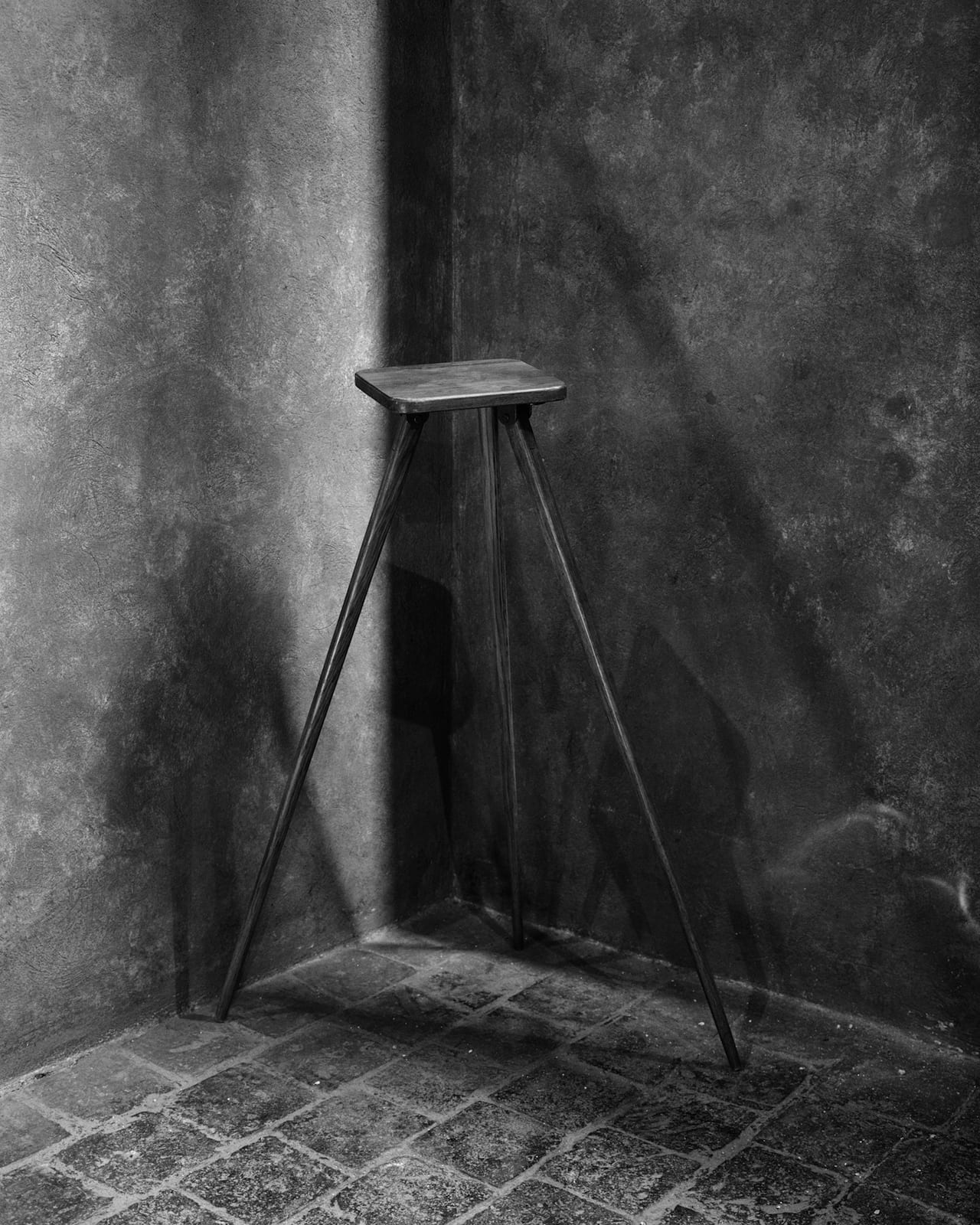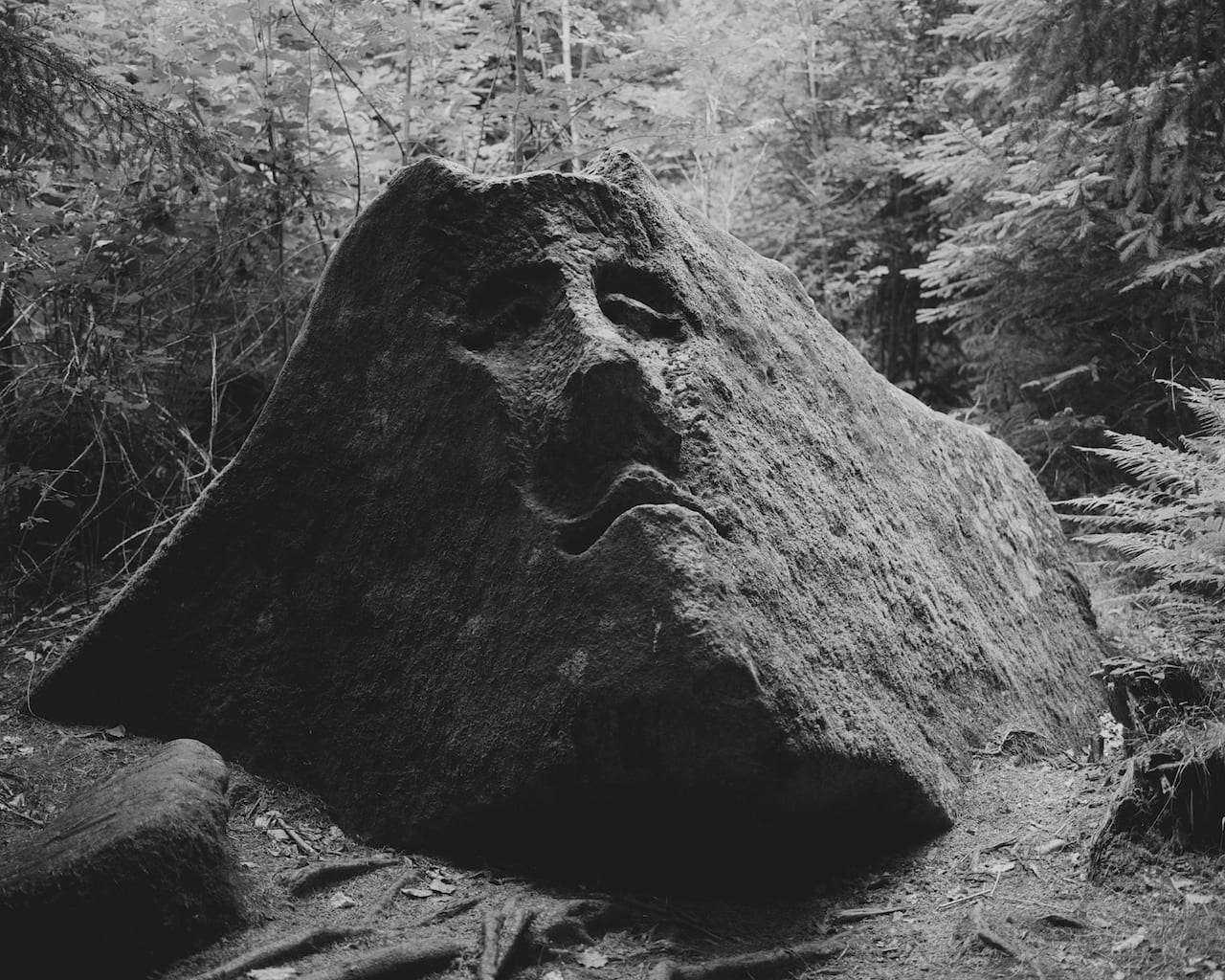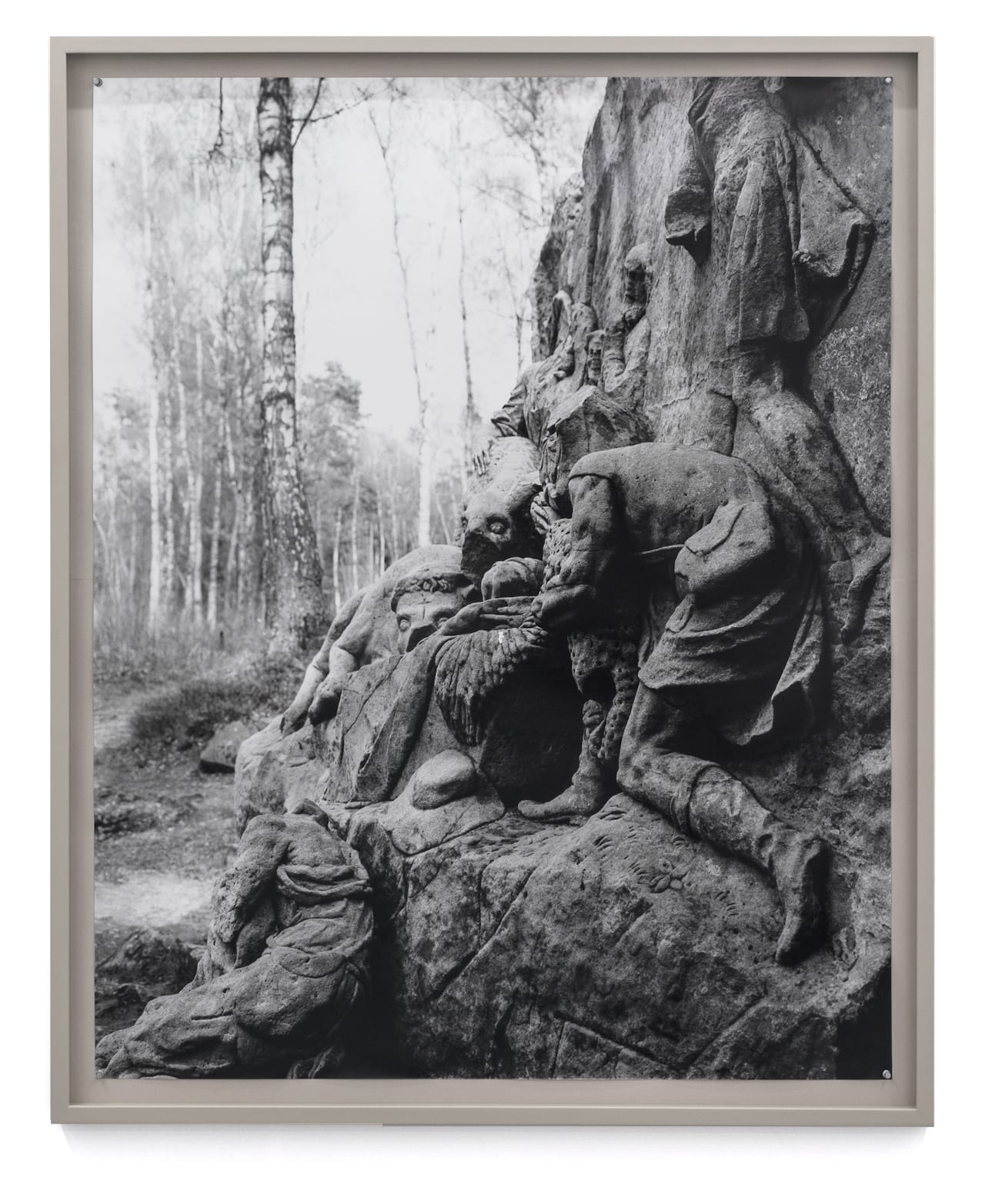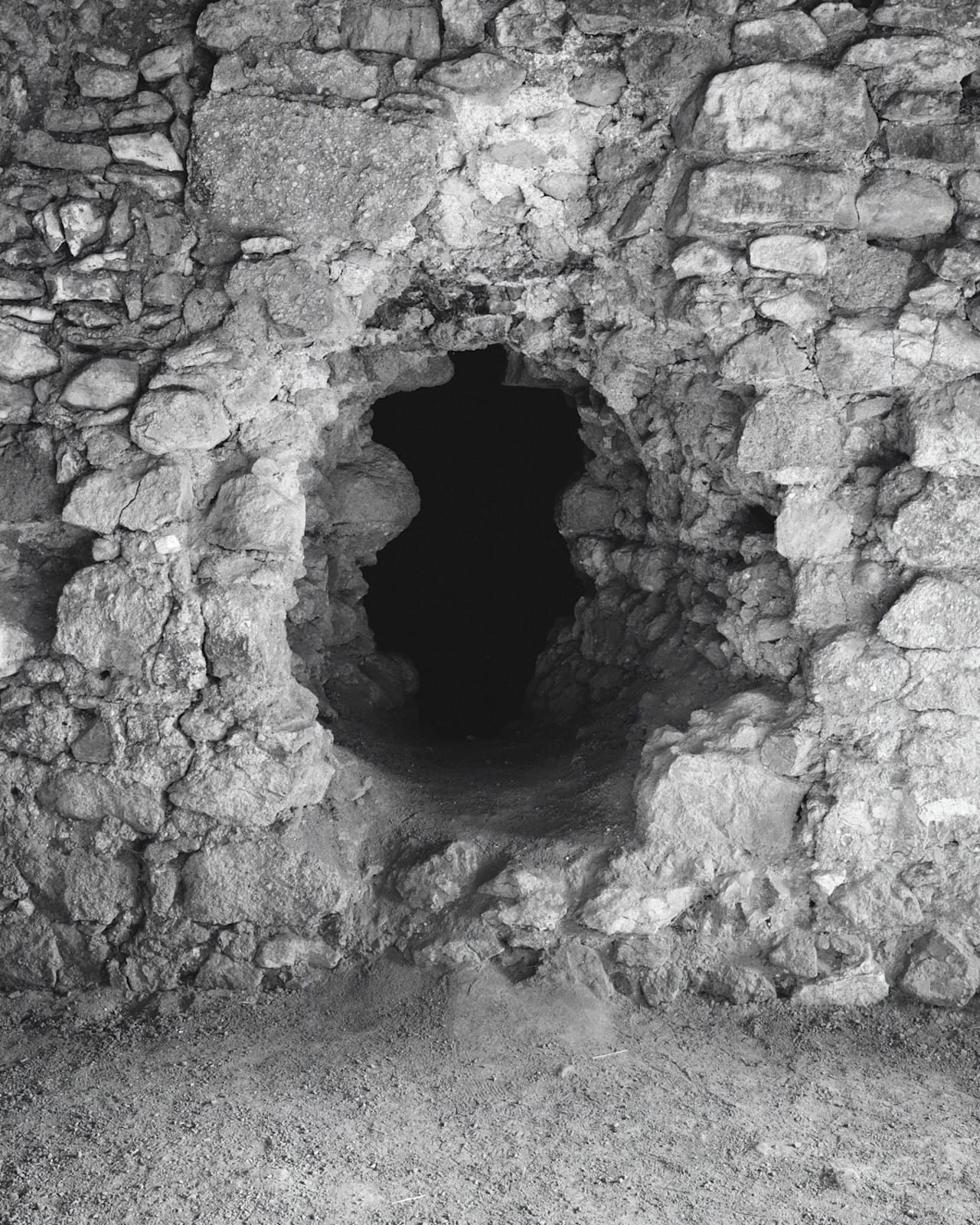Born in 1985 in Ostrava, Czech Republic, Tereza Zelenkova began taking photos aged 16 after learning how to shoot and process 35mm film. At 22, Zelenkova went to study photography in London, first at the University of Westminster and later the Royal College of Art; so far, she’s published three books: Supreme Vice (2011), Index of Time (2012) and The Absence of Myth (2013), and her work is now held by institutions such as the V&A and the Museum Winterthur in Switzerland.
Now this bona fide star has two prestigious solo shows in Amsterdam – A Snake That Disappeared Through a Hole in the Wall at FOAM, and The Essential Solitude at The Ravestijn Gallery. A Snake That Disappeared Through a Hole in the Wall is an ongoing project, centring on the photographer’s hometown. Shooting diverse locations from castles, caves, forests to unique architectonic styles and outsider art, Zelenkova is drawn to places that harbour local myths or legends. It includes the bedroom of alleged murderer Elizabeth Báthory, for example, who was said to bathe in the blood of virgins.
Zelenkova had visited or heard of many of the locations before she started the project, but she was also guided by the texts of Czech geologist and writer Václav Cílek, which are full of unusual stories and historical facts. “I believe this project is useful in terms of photographing and assembling an atlas of unusual and sometimes forgotten places,” says Zelenkova, “as well as being a nostalgic personal journey of capturing the dark and mysterious landscape of my childhood.”
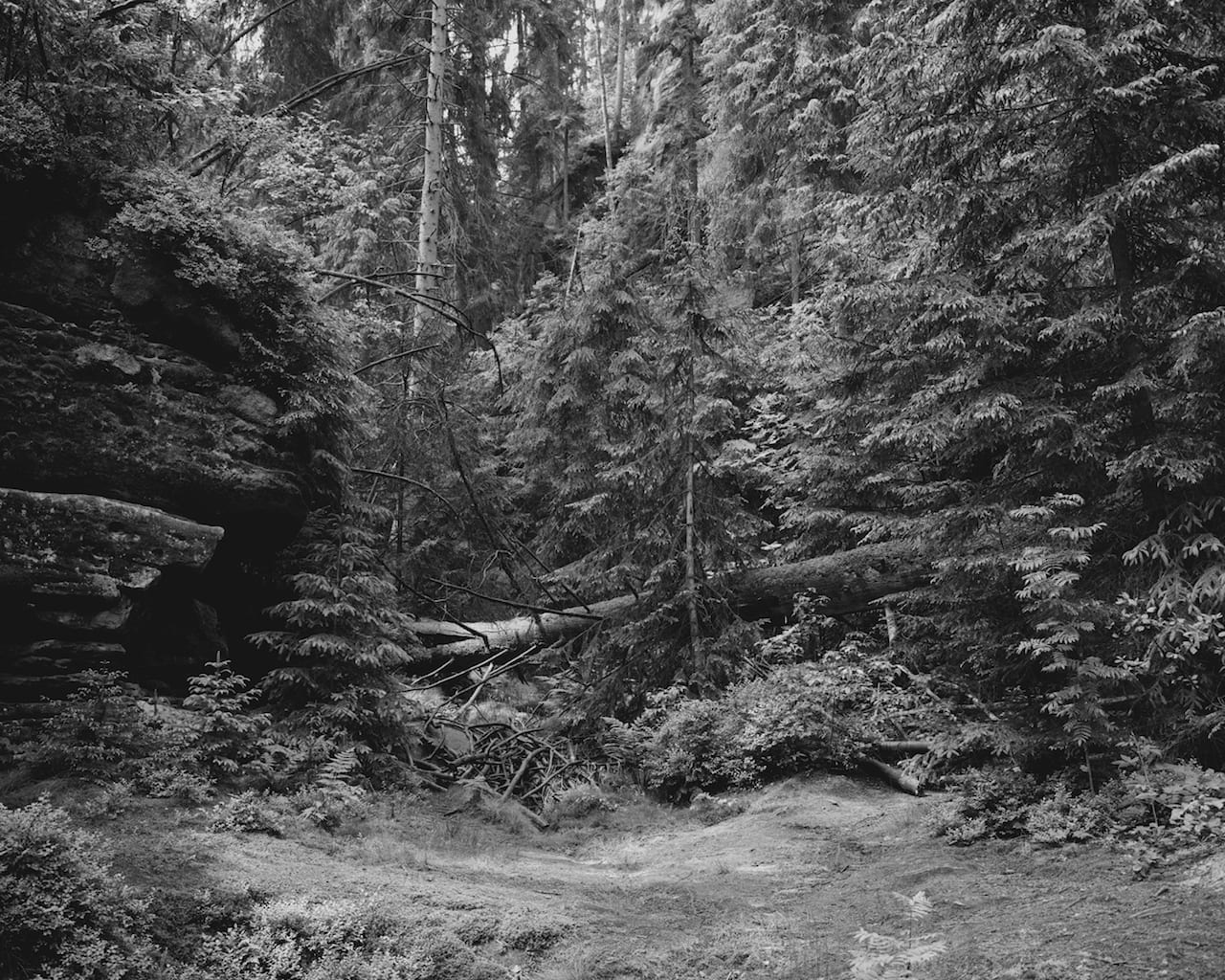
In the past Zelenkova carried her camera everywhere; now she tends to research places in advance and embarks on projects with a clear intention. “I’m more interested in the stories behind them [the images] rather than in finding random visually appealing compositions,” she explains.
“Photography is the final product but it needs to have other layers. I am not really interested in the mere aesthetics and composition, the photographs need to have both – the formal appeal as well as noteworthy subject matter.”
Yet Zelenkova also enjoys the element of mystery in photography and prefers not to reveal everything in her work. So far, for example, she’s decided to leave descriptive captions out. “I don’t want to over-explain,” she says. “During one of the past exhibitions of the works, children were invited to write stories based on the photographs. I think that’s the ideal way of engaging with these works – exercising your own imagination and adding to the collection of legends and myths that we create in the world.”
Her show at The Ravestijn Gallery focuses on her latest series The Essential Solitude, which came about after she was commissioned by the Financial Times to photograph her favourite spot in London. “I took the opportunity and decided to photograph at Dennis Severs’ house in Spitalfields,” she says. “Despite living in London for over ten years, I rarely take photos [there], so it was about time to break the curse!
“I really like the idea of photographing a place that feels like a time capsule, a place completely detached from the outside bustle of the city,” she continues, describing the house which has been preserved in situ. “Also, I wanted to work with a girl I knew of with floor-length hair and the combination was perfect. What I had in mind was an idea of a timeless place with similarly timeless and ambiguous occupant.”
While making the work, Zelenkova was re-reading Comte de Lautréamont’s Maldoror, which evoked in her imagination “a strange genderless deity that occupies a room in complete solitude, perhaps being disgusted with outside reality”. “It was quite apt as the outside reality of Dennis Severs’ house is London’s financial district,” she says.
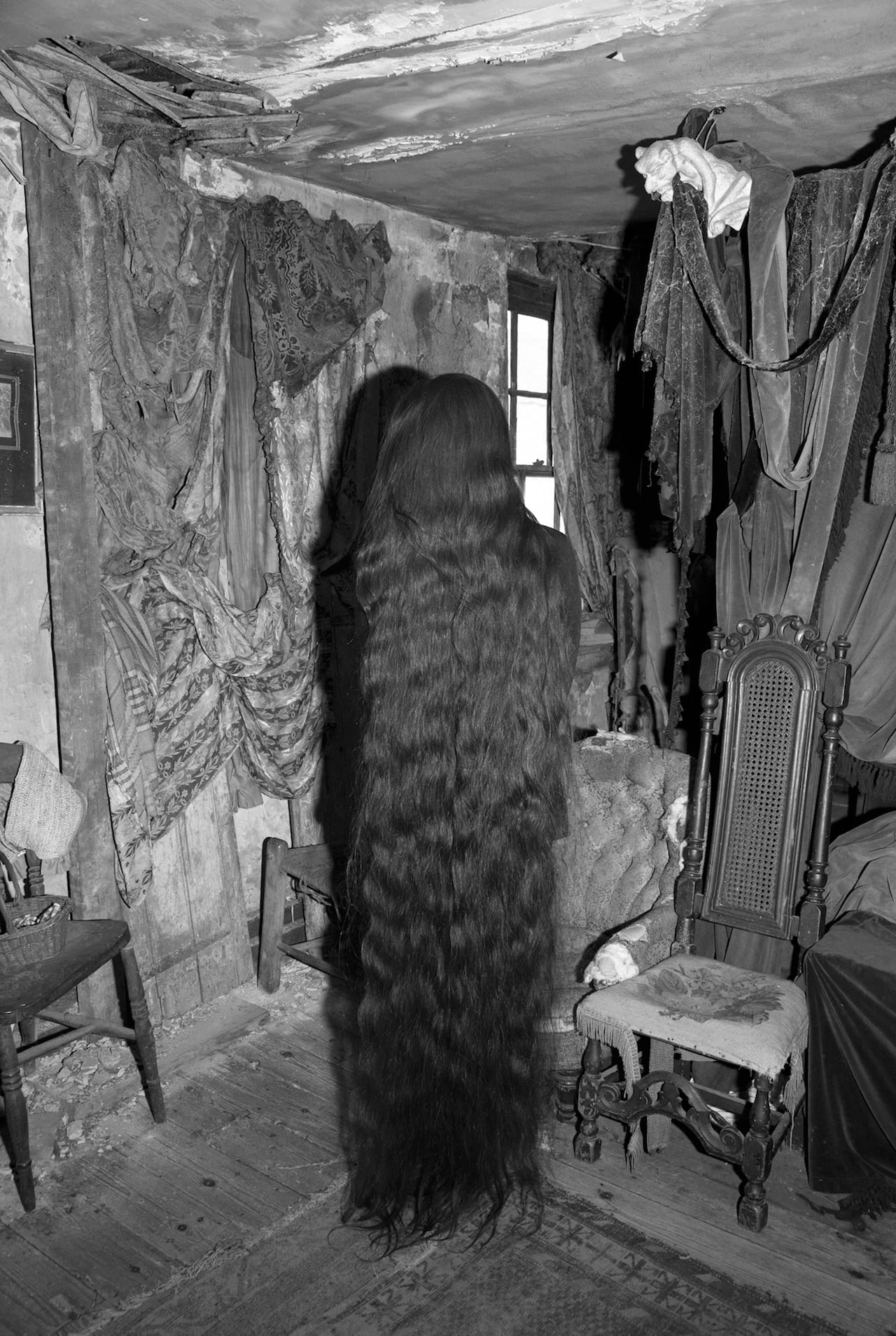
Alongside the images, Zelenkova explores the literary references and ideas that have influenced this work in a written text. “I like the interplay of image and text and I associate this particular series with a selection of poems and texts that inspired some of the photographs,” she says.
“I chose the title because the work is very much about solitude; the solitude of the house and its fictional occupant. But I was also thinking about solitude as, for example, an essential predisposition for reading a book or looking at art – both being internal experiences and processes that are not necessarily sharable with another person.
“It’s very much about richness of inner life, about dreams, about circumstances that have nothing to do with physical experience and can only exist in one’s mind – and as such are experienced in solitude.”
A Snake That Disappeared Through a Hole in the Wall can be seen from 06 April 6 – 27 May at FOAM, Amsterdam. The Essential Solitude is on show from 13 April – 26 May Gallery at The Ravestijn Gallery. terezazelenkova.com
